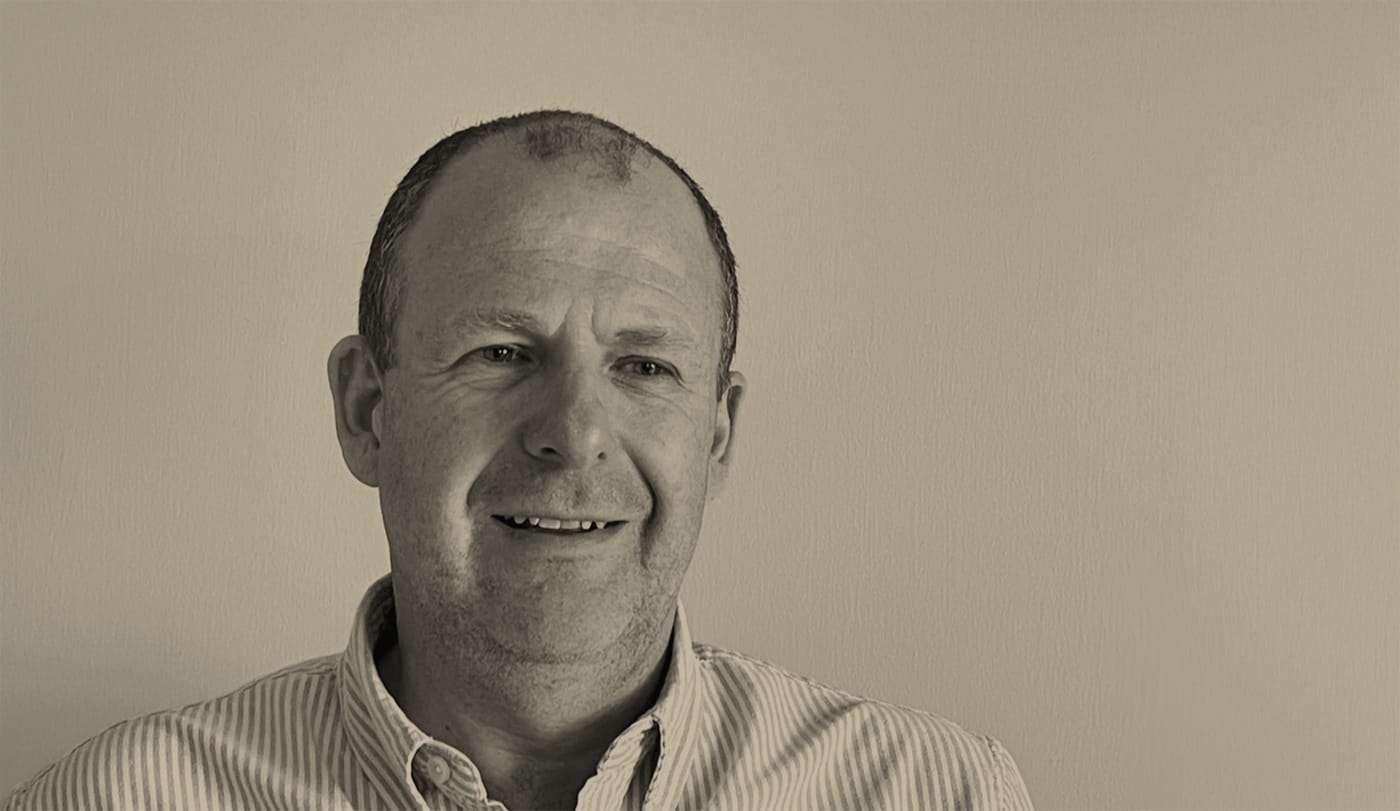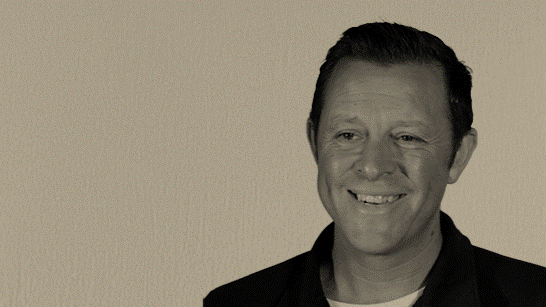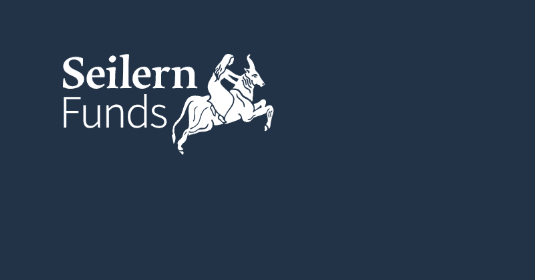It is hardly news that, when it comes to timing, investors tend towards the abysmal. As such, one of the most important roles of any investment adviser is encouraging and supporting clients to stick with their original plan – through thick and thin – and thus look beyond bouts of short-term volatility. With market concentration at new highs and perils lurking in fixed income markets, 2025 presents some particular difficulties in this regard.
Every year, the Dalbar Quantitative Analysis of Investor Behaviour report reliably demonstrates how the investor instinct to buy and sell at the wrong time diminishes returns. According to the 2024 report, the average equity investor earned 5.5% less than the S&P 500 index in 2023 – the third-largest ‘investor gap’ of the last 10 years. While this was less acute in fixed income, it was still a factor, with the average fixed income investor earning 2.63% less than the Bloomberg Barclays Aggregate Bond index.
Simon Evan-Cook, manager of the VT Downing Fox funds, sees part of his role as trying to create an “unheroic journey” for investors to ensure they stay invested but adds that the problem is compounded by the best fund managers often being the hardest to hold.
“With the best fund managers, when it’s going well, the index may be up 10%, but they could be up 30%,” he explains. “That’s great – but that can reverse as well. When the market is up 30%, they may only be up 15%. The emotional strain of holding a fund like that is a lot harder than owning a tracker.”
“At the highs, Luke Skywalker is blowing up the Death Star and, at the lows, he has lost an arm and is stuck in a pit somewhere. If you own a fund like that, it will test your patience.
Highs and lows Evan-Cook continues: “It’s the hero’s journey – the Luke Skywalker journey. At the highs, he is blowing up the Death Star and, at the lows, he has lost an arm and is stuck in a pit somewhere. If you own a fund like that, it will test your patience. We like them because they tend to focus on a very specific way of investing – it will look great, bad and then great. We find these equity fund managers but we know our investors don’t want to go on the hero’s journey. They want unheroic.”
Heading into 2025, however, there are reasons to believe an ‘unheroic’ journey may be more difficult to achieve, which has the potential to destabilise investors if it is not managed effectively. Rather than just applying to active fund managers, the whole market appears to be on a hero’s journey – with all the potential for volatility that brings.
The first and most obvious area of concern is the US stockmarket gravy train, which has persisted for more than a decade – and, thus far, it has been a great option to stick with it. That said, it has left investor portfolios – particularly passive ones – increasingly concentrated in a handful of companies within a single sector within a single country. Managing a potential fall-out from a technology sell-off, while also managing clients’ desire to remain in a sector that has delivered such astonishing returns could be a problem.
Expectations baked in
Fund group Orbis outlines the dilemma this way: “Investors remain focused on one theme and one view of the future and seem more afraid of missing out than losing money. We have heard several cases of investors simply buying the ‘Magnificent Seven’ to the index weight – a decision that explicitly ignores price and fundamentals. Providers of exchange-traded funds are making that easier to do, introducing super-concentrated funds that only own the biggest stocks. Throwing investing basics out the window does not typically end well.”
The group goes on to note that “expectations for stellar growth” are already baked into stock prices, adding: “Paying a high multiple on cyclically high earnings is a dangerous game.” Even so, as FundCalibre managing director Darius McDermott points out, many of these companies are doing well – and could continue to do so – so the risk-versus-reward equation is finely balanced.
One solution, he suggests, could be incorporating small and mid-cap exposure in the US. “The small-cap focused Russell 2000 index rebounded in the wake of Donald Trump’s election victory and should be a beneficiary of any plans for tax cuts or deregulation,” he says. “While it was weaker in the final weeks of the year, it could be poised for a stronger time in 2025.”
Another option would be to balance exposure to AI with other, cheaper growth themes. Healthcare had a difficult year in 2024 – with the S&P healthcare index returning just 9.4% versus 28.1% for the wider S&P 500 – yet it remains a key area of structural growth and innovation. It could even be a moment to revisit the clean energy sector. Yes, it has been a dismal few years for the sector and its weakness persisted into 2024, but it remains plugged into the decarbonisation trend and valuations have certainly come back down.
Inflation disruption
There are also risks in fixed income markets. Trump’s victory in last November’s US presidential election has the potential to revive inflation, while spreads in corporate bonds leave little margin for error. Should inflation pick up, bond markets will need to adjust their current expectations of further interest rate drops and the fall-out could be painful for investors.
“The challenge facing bond investors in 2025 will be whether the current economic deceleration continues smoothly or whether it evolves into a more severe downturn,” says Gene Tannuzzo, global head of fixed income at Columbia Threadneedle. “The labour market will likely be a key factor – should weakness in job creation persist, the economic outlook could deteriorate further.
“We think inflation will continue to decline towards the Federal Reserve’s 2% target and the Fed will ultimately lower rates to below the neutral rate of 3% by the end of 2025. This expectation is based on our view there is more softness ahead in the labour market and consumer demand.”
Tannuzzo goes on to suggests two key factors could prompt the US central bank to adjust its approach. First, if inflation reemerges – particularly in core services – the Fed may need to pause its cutting cycle and stabilise rates in the 3% to 4% range. This would prove a shock to markets – however, he also suggests a significant demand shock is plausible, which could cause the Fed to cut rates more aggressively, pushing them well below the neutral level, as seen in traditional rate-cutting cycles. This could see yields fall further.
UK fixed income
Meanwhile, there appears to be less risk in the UK. According to Ben Edwards, manager of the BlackRock Corporate Bond fund, the UK has “US-style yields with European-style economic growth” and thus yields need to fall. The analysts at Oxford Economics agree, revealing they have moved to an overweight in gilts as they “do not think the UK’s expansionary fiscal policy will boost growth as much as markets expect”. “This should result in a deeper policy rate easing cycle than currently priced by the market,” they add.
Corporate bonds are a trickier decision, with investors receiving little compensation for taking higher risks. “We have sold out of high yield,” says James Calder, chief investment officer at City Asset Management. “The gap in the risk premium is just not there and we are not prepared to take the risk. Bond managers have a bigger part to play in a portfolio because of the interest rate cycle – they can deliver perhaps 6% a year, with low volatility, but little capital growth.”
Calder’s solution to the potential complexities of fixed income markets in 2025 is to look for skilled active managers with a wide remit – with the additional requirements that they need to be able to look across the globe and across different credit quality.
After two strong years for stockmarkets, it is plausible 2025 will prove a tougher time and the ‘unheroic’ journey will be more difficult to achieve. In this more volatile climate, professional investors will need to ensure portfolios have adequate defences against the key market risks in order to persuade clients to stay the course.










